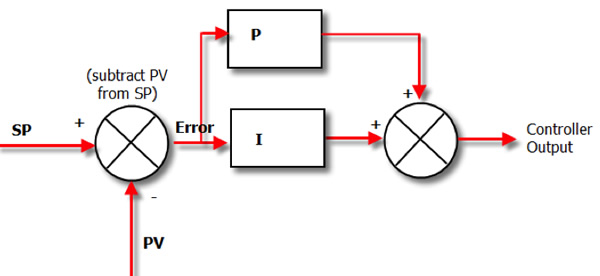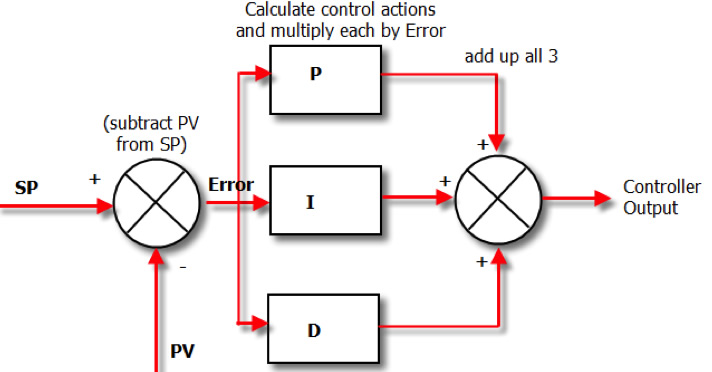 By Simon Buddle, Future Ready Homes.
By Simon Buddle, Future Ready Homes.
We are well known for moaning about the weather in UK. In the summer it’s too hot, and in the autumn it’s too wet or windy. When the winter is warm, phrases such as, ‘It’s global warming causing it, you know’ are glibly thrown into any street corner chat. Then there is the other problem with which we are blighted in winter: a centimetre of snow and the whole country grinds to a halt. ‘Why is it always us? grumbles The Great Unwashed, ‘Norway never has these problems!’
This year, like every year, we were warned of, ‘The worst winter for 50 years!’ In preparation, I bought a new coat that is closer to a duvet than an anorak. No doubt, children across the land will be hoping to get a free day or two off school to do a bit of sledding or snowman building. We don’t really suffer that much with the cold in the UK, if we are honest – it’s not like sleeping in a snow hole in the Arctic Circle (now that IS cold – believe me, I have done it).
The Weather Sensor
The first cold snap this winter arrived, and sure enough, 24 hours later, my phone started ringing. ‘The house is freezing: our heating must have stopped working. Can you come and fix it?’ And so begins this year’s round of logging in to check that the system is still performing, followed by the comment ‘You really should have installed that weather sensor we recommended.’ Of course, no one likes a smart-arse – especially when their teeth are chattering and they are wearing gloves indoors.
It is true to say however, that for under-floor heating at least, spending that extra bit on an external weather sensor would alleviate the problem. In a nutshell, under-floor heating works by heating the fabric of the building. It is efficient because the building retains heat better than air; radiators simply heat the air in the building. Once the building is warm thanks to under-floor heating, it is easier, i.e. cheaper or more energy efficient, to keep the building at a steady temperature. In fact you are able to set the room thermostats a few degrees lower than with radiators. Caves, for example, remain mostly cool in summer and warm in winter – the actual temperature of the rock varies little during the year, and so holds the internal cave temperature constant.
When the external temperature drops suddenly, the building will lose heat as the warmth is effectively sucked out of the bricks and mortar. We all know that under-floor heating can take 6-18 hours to bring a room up to the correct temperature, and therein lies the problem. The heating system doesn’t react quickly enough during a cold snap – which leaves the customer’s home cold or cooler than they would like, for a day or two. The solution is an external weather sensor. Why? Because it adds the D to PI to give us PID.
The PI Controller
With a Proportional (P) and Integral (I) controller we take the set point (SP) along with the process variable (PV), i.e. the actual room temperature, and feed them both into our PI controller. The resulting Controller Output is known as the ‘Demand’ signal in our KNX keypads, and is output as a percentage. The controller calculates the error between the two signals and provides a demand value to correct it. This is then repeated at defined intervals and as the PV value gets close to the SP value, the output demand value drops accordingly.

The problem in the winter is that the system doesn’t know that the building is cooling rapidly due to the massive drop in external air temperature, and therefore cannot react until the actual room temperature has dropped, by which time the fabric of the building has lost a substantial amount of heat.
The PID Controller
The Derivative (D) is key to solving this problem. The true function of the derivative is to predict what is yet to happen by projecting the current rate of change into the future. In our world, we can attach an external weather sensor to the derivative input of our controller. Once we know the air temperature outside is dropping, we can compensate for it in the home, therefore maintaining a more constant temperature inside.

I use a PID control loop (a software function) to vary the flow temperature of the under-floor heating. In normal operation, the flow maximum temperature is set between 35-40 degrees C. When the external temperature drops to 8 degrees C, the PID controller starts to increase the maximum flow rate for the heating. This has the effect of pumping more heat into the room at the same time as the building begins to lose heat, therefore maintaining a more constant temperature. So, for example, if it is 15C outside, the flow temperature is 35C, but when the outside air drops to 4C, the PID controller will increase the maximum flow temperature to compensate, raising it to 40C.
Conclusion
If you can’t convince your client to buy a weather station or external temperature sensor, ask them to read this article. If that doesn’t work, consider installing it free of charge. I think that I would rather do that than have the icy wind of an angry client blowing down the phone.
Simon Buddle is a consultant for Future Ready Homes, a specialist in BMS and ELV services system design. Simon is also a regular contributor to KNXtoday magazine.
You are welcome to comment on this article. See below.













